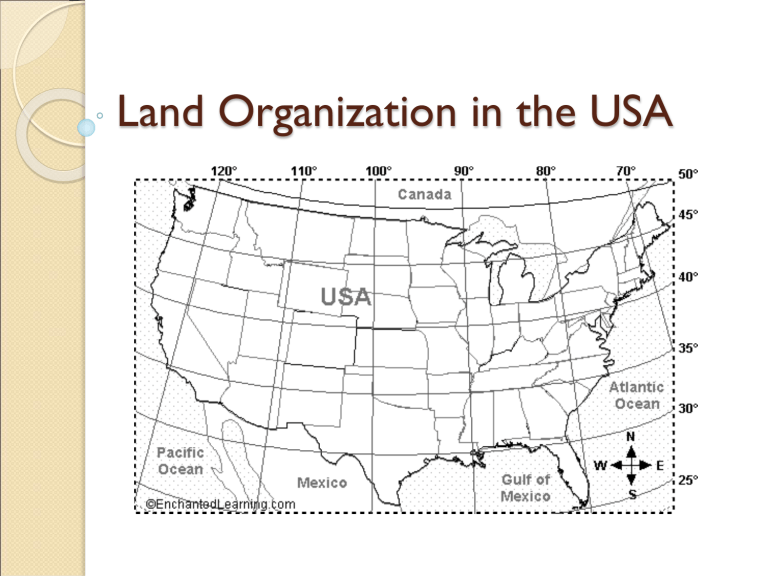

If you see phrases including halves, quarters, sections, townships, and ranges, it is safe to say that you are dealing with a deed described in Rectangular Survey. Knowing these terms can help you understand whether or not your deed was described in Rectangular Survey, as well as help you get a sense of how much property was bought before you even draw out the description. The following are Federal Land States, and thus you should expect to graph land from these states:Īs with Metes and Bounds land platting, it is helpful to know some of the terms or phrases that you should expect to see in a Rectangular Survey land deed. As mentioned in Part I, the State Land States generally used Metes and Bounds, which requires land platting. Federal Land StatesĪs a reminder – Rectangular Survey was used primarily in the Federal Land States. Many schools were built in Section 16 of their township, or the proceeds from sales in that section were designated specifically to fund public education. On an interesting note- Section 16 of each township was set apart specifically for public education. This land was then sold in portions of the sections, often divided in halves, quarters, etc. These townships would be further divided into 1-square-mile sections, for a total of 36 sections per township. It involved dividing up the land into square townships that measured 6 miles along each side. This was called the Public Land Survey System.

On May 20, 1785, the United States passed the Land Ordinance of 1785, which set precedent for how the government’s acquired land would be divided up and sold. Graphing refers to land described using the Rectangular Survey system.

Land Graphing, just as land platting, involves drawing out the land description found in a land record, usually a land grant (the first sale of the land from the government to an individual) or a land deed (subsequent sales of the land between individuals). Land platting, however, is only half of the equation! Here in Part II we’ll talk about Land graphing, which is similar to platting but used in different situations. In Part I of this two-part series, we discussed the importance of Land Platting – drawing out property boundaries as given in land records. These records do more than simply record where an ancestor lived or what property they owned they can be a wealth of information about relationships, economic status, and much more! Typically the plat will be referenced to the PLSS as the underlying framework.Land records are an incredibly important resource when doing genealogy research in the United States. Subdivisions generally will be based on a plat which results from a land survey and placement of monuments at lot corners. Transfer of property as “the north half” of a 1/4- 1/4 section would not be exactly 20 acres similarly, separating the “east 10 acres” of the same section wouldn’t leave exactly 30 acres. A 1/4-1/4 section is nominally 40 acres, but may actually be more or less, sometimes quite a bit different. Since a section, or its component quarters or quarter-quarters, can never measure out exactly to its nominal area, care in writing legal descriptions is important. A legal description of such a parcel might be, for example, “The NW 1/4 of the SE 1/4 of Section 5, T3N, R11E, more or less 40 acres.” However, a single land transfer may group together a number of parcels, such as “The north half of Section 26, Township 7 North, Range 3 West.” Rural land parcels today are usually no larger than about 40 acres.
#METES AND BOUNDS VS LONG LOTS PDF#
Wisconsin Mapping Bulletin PDF Archives (1975 – 2003)Īs a primer, the Wisconsin Geological & Natural History Survey maintains an excellent document, Understanding Wisconsin Township, Range, and Section Land Descriptions.Searchable Online News Archives (2003 – Present).WSRS2022: The Wisconsin Spatial Reference System 2022 Task Force.


 0 kommentar(er)
0 kommentar(er)
